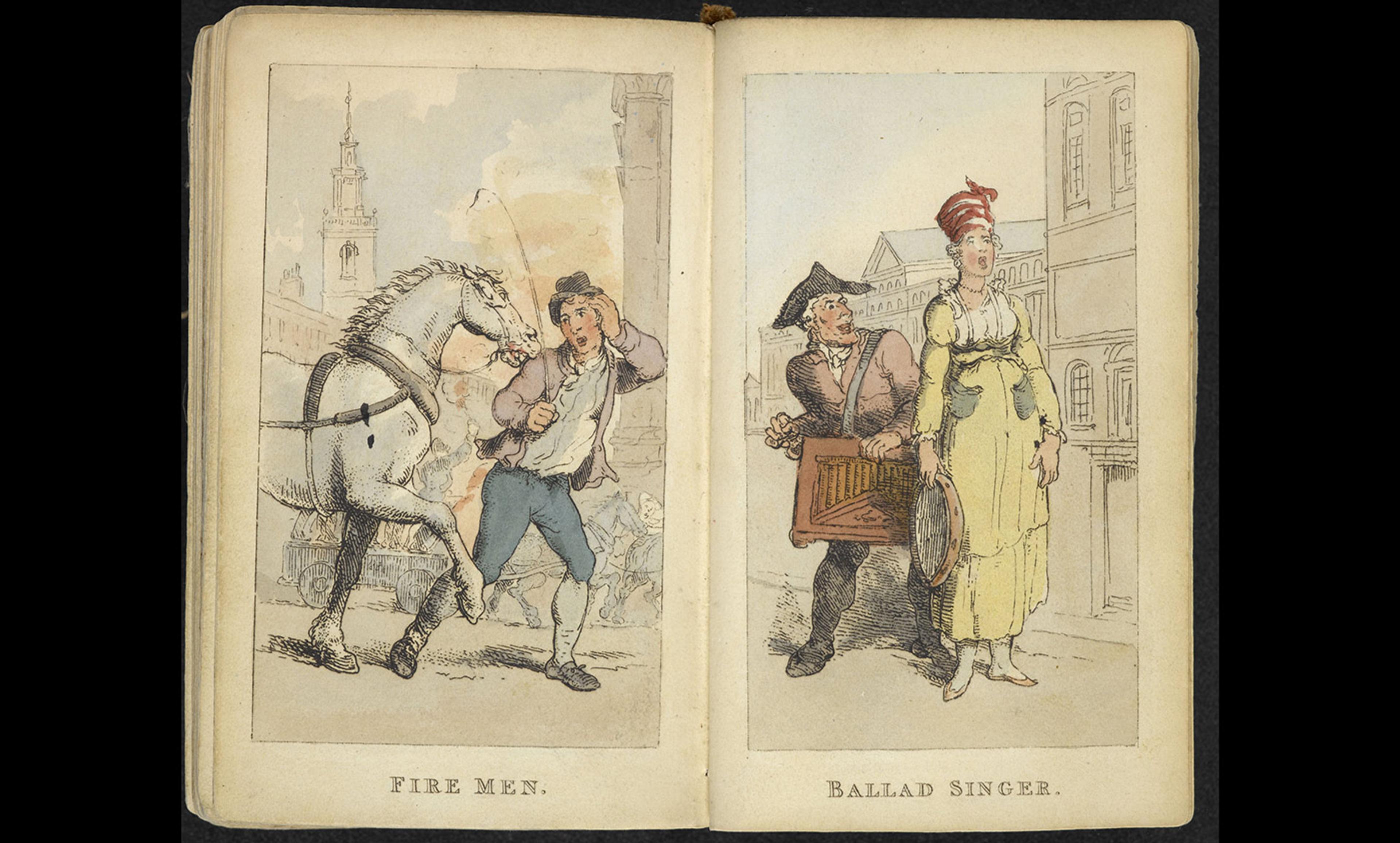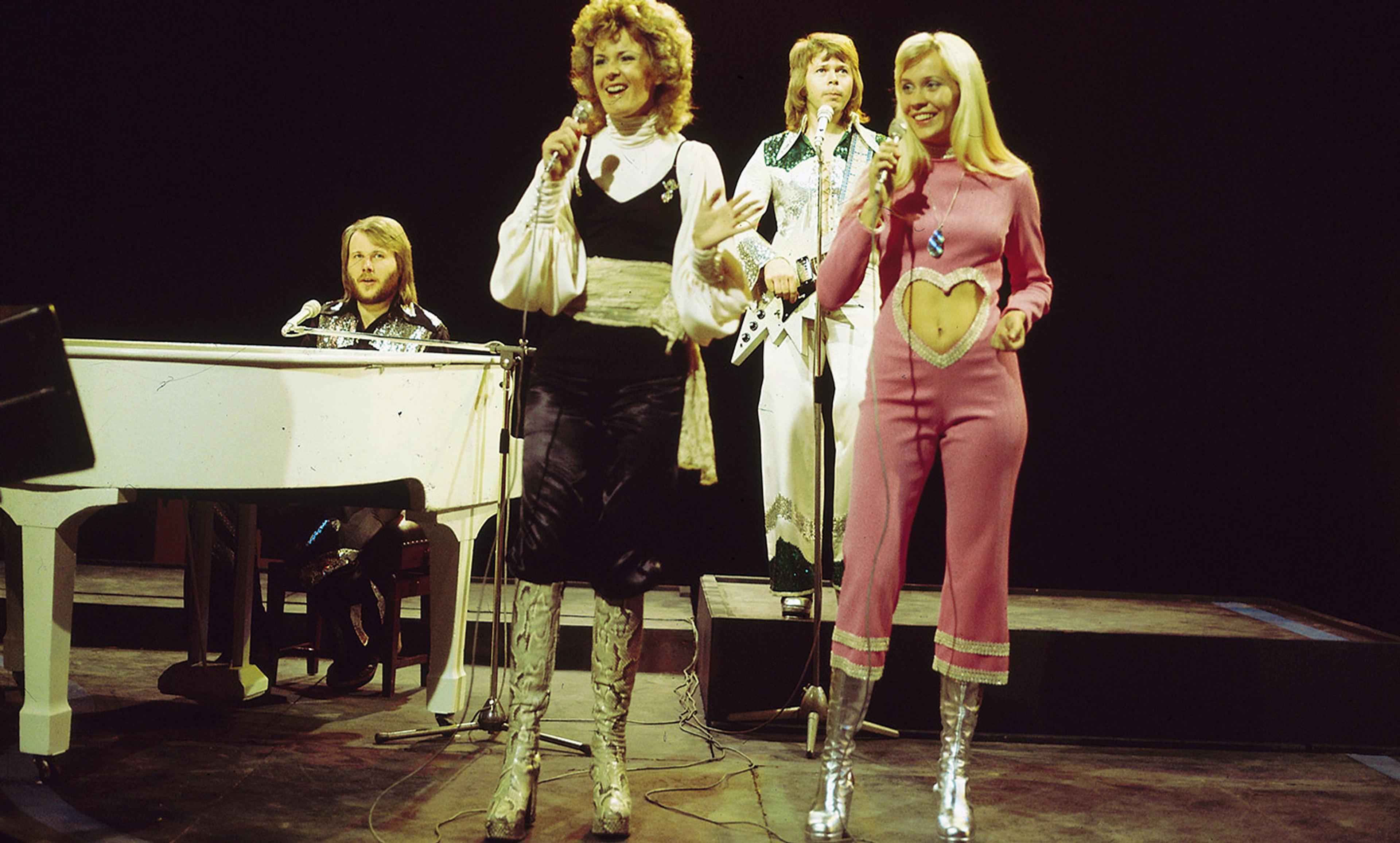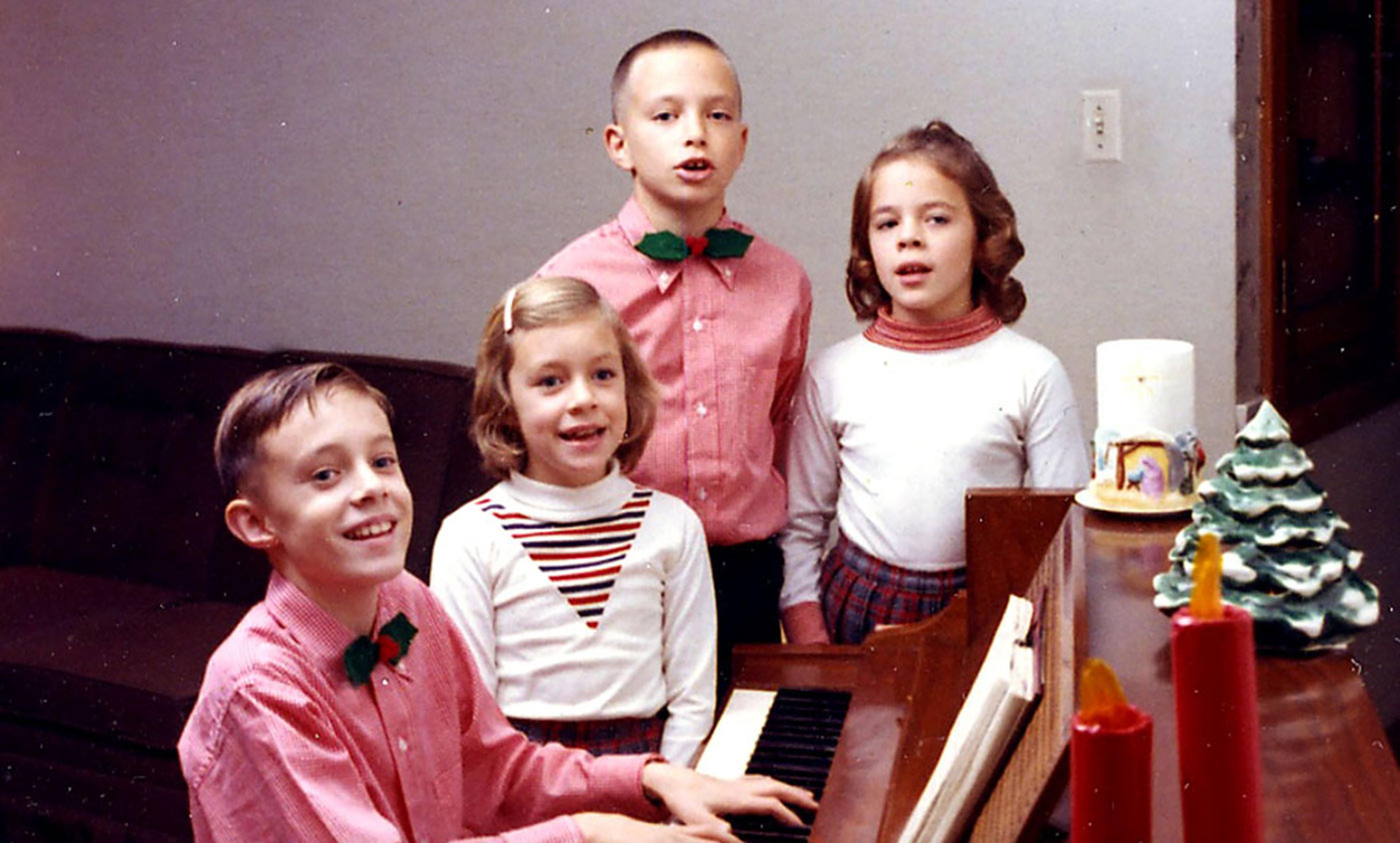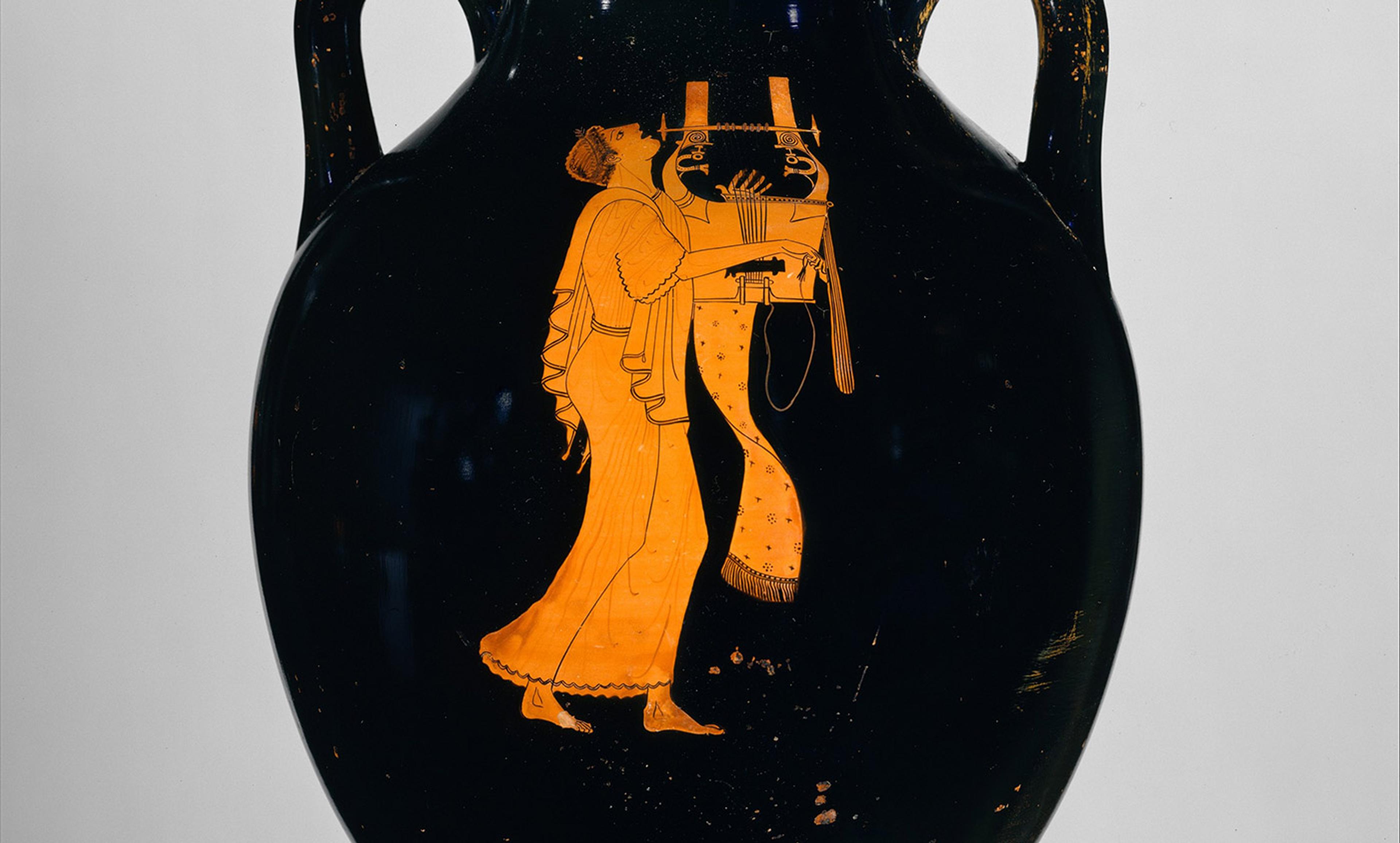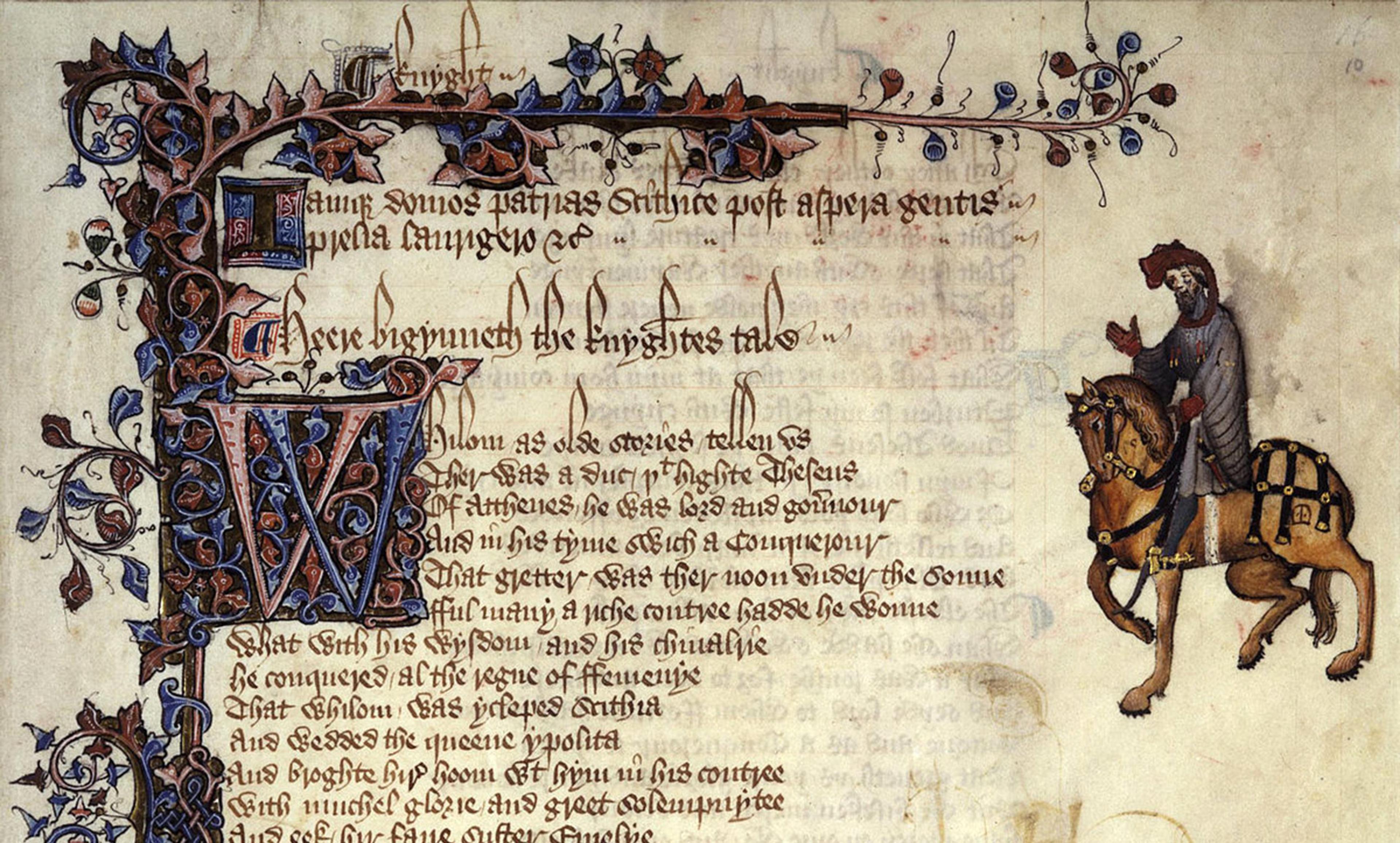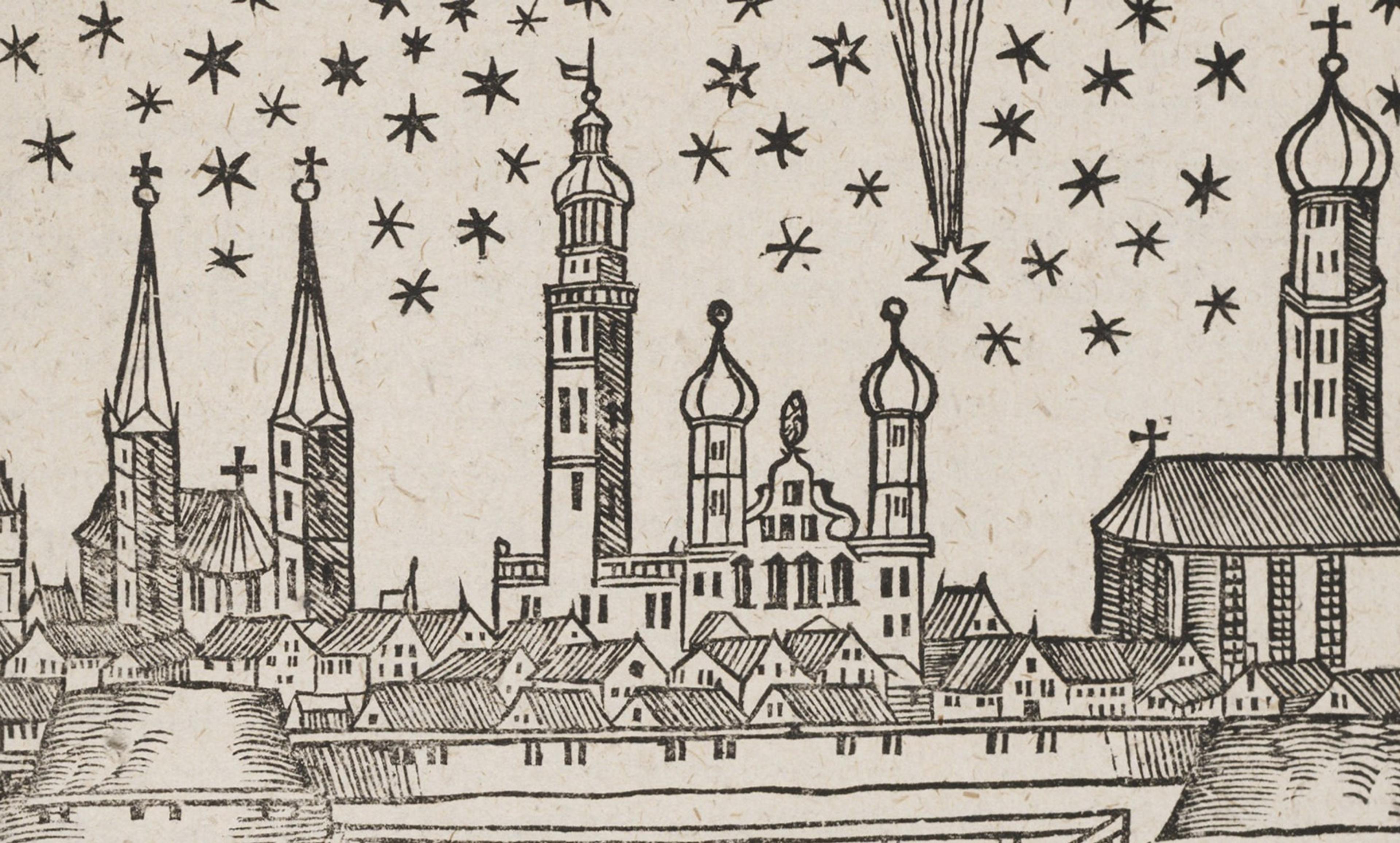From Rowlandson’s ‘Characteristics of the Lower Orders’, 1820. Photo courtesy The British Library
Before the advent of mass media, TV, radio and even newspapers, people still wished to remain informed about current events. But without modern media – and in an age when few people could read – how did news spread? How did a common Londoner or Parisian learn about what was happening in the world? Through the medium of song.
Long before (and indeed long after) newspapers became a widespread phenomenon in the 17th century, news was just as likely to be performed as read. From the early days of printing in the 16th century up until the 20th century, news events were regularly put into verse, printed on cheap broadsides and pamphlets, and sung to a familiar tune. These news ballads would be sold in busy streets, fairs and marketplaces by hawkers who would sing the contents to attract a crowd of buyers. Given the low rates of literacy, song was a particularly effective medium of information transmission since rhyme and rhythm allowed listeners to more easily remember the lyrics.
News ballads often covered a remarkably similar range of themes to modern journalism: crime and punishment, politics, military events, and natural disasters. And just like tabloid news reporting today, news songs were sensationalist and provocative, encouraging a strong emotional response in their listeners. This could be done both through language and melody: a 16th-century ballad about the Catholic ‘heretic’ John Felton, who was hanged and quartered by Elizabeth I for treason, was set to a country line-dance tune, which encouraged its listeners to clap hands and ‘do-si-do’ their partners while singing along.
Execution ballads such as this one constituted the most popular subgenre of news songs, and their usually gruesome and graphic endings were thought to be an edifying deterrent to singers and listeners, much like crime reporting today. The punishment of the Reeve brothers for murder in 1635 was set to the most popular of all ‘hanging tunes’, ‘Fortune My Foe’, and described their brutal end: Robert was ‘pressed to death’ for refusing to make a plea, while Richard was hanged at their father’s front door. Then their corpses were hanged in chains, gibbeted and displayed to all passers-by until they slowly disintegrated. The ballad not only relates these horrific details but its well-known melody allowed its hearers to easily sing along to its macabre finale, thereby spreading its message of deterrence as widely as possible:
This lenton sises [Lenten Assizes] last their fact was tri[e]d,
Where they were cast, condemnd and for it di[e]d,
Robert was prest to death because that hee
Would not bee tride by God and the country.
Richard was hangd by his owne Fathers dore,
Which did torment and grieve his friends full sore,
Now hee ands brother both do hang in chains,
This is a just reward for murders gaines.
And such songs were a primary source of information for many people: as Louis-Sébastien Mercier, the charismatic documenter of everyday life in 18th-century Paris, put it: ‘Everything in Paris is the subject of song; and no matter whether one is a Maréchal of France or a hanged man, if you’re not put into song you will be unknown to the people.’
But it wasn’t only hanged men that made the news. Just like today, accounts of war and its atrocities were a popular subject for song. In the Wars of Religion that tore apart 16th-century France, there were plenty who gloated at the victories over their confessional enemies. The city of La Rochelle, on France’s western seaboard, was a stronghold of Protestant believers and, after declaring itself an independent ‘Reformed Republic’, was besieged by Catholic royalist forces in 1572. Catholic songwriters wrote vicious ballads attacking the ‘heretics’, like this one which calls them ‘traitors’ and threatens them with execution by hanging:
Le Roy vous fait offrir
Grace & misericorde,
Et ne pouvez souffrir
La paix ne la concorde,
Il faudra qu’une corde
Pour dompter vostre orgueil,
A la fin vous accorde
Vous serve de cercueil.
The King offers you
Grace and mercy
And you will suffer neither
Peace nor concord
You need a rope
To tame your pride
In the end your agreement
Will serve as your coffin.
Songs were often full of vitriol, and politics was always the most controversial topic for news ballads. As much as the French crown tried to control and censor the spread of potentially subversive songs, their ephemeral and oral nature meant that this would always be a lost cause. Countless songs ridiculing the monarch and the aristocracy, some of which were recorded in the Chansonnier Maurepas, were sung openly on the Pont Neuf in 17th- and 18th-century Paris. One of these, ‘Qu’une batarde de catin’, had a structure that allowed unlimited reworkings to include satirical verses about any hated public figure. Its original target was Madame de Pompadour, Louis XV’s mistress, and it didn’t hold back from criticising both for their alleged debauchery:
Qu’une bâtarde de catin,
A la cour se voit avancée,
Que dans l’amour et dans le vin
Louis cherche une gloire aisée,
Ah! Le voilà, Ah! Le voici
Celui qui n’en a nul souci
That a bastard strumpet
Should get ahead in the court,
That in love or in wine,
Louis should seek easy glory,
Ah! There he is, Ah! Here he is,
He who doesn’t have a care.
Even climate change was a hot topic in the early modern period. It is widely understood now that between 1600 and 1800, continental Europe went through what’s been called the ‘Little Ice Age’, when winters were brutally cold and there was widespread crop failure and famine. However, 17th-century Europeans had no access to sophisticated meteorological statistics, so often bad harvests and sickly livestock were blamed on witchcraft. The ballad ‘Witchcraft Discovered and Punished’, also set to ‘Fortune My Foe’, documented the trials of three women in England in 1682, who were convicted of various kinds of crimes, including the deaths of children and farm animals:
The Country round where they did live came in,
And all at once their sad complaints begin;
One lost a Child, the other lost a Kine [herd of cattle],
This his brave Horses, that his hopeful Swine.
Early modern ballads often combined accounts of discrete natural disasters that had occurred over a lengthy period to demonstrate that they were a cumulative sign from God of the ‘end times’, and that humanity was being punished for its unwillingness to repent. A song about the Great Fire of London called ‘The Londoner’s Lamentation’ (which you can listen to me sing here) closes with the warning that the fire is only the third of four punishments that God would inflict on the sinful city: after plague, war and fire, famine was next!
By the 19th century, there was little evidence of supernatural influence in disasters; instead, this was replaced by a sensationalist use of language and rhetorical devices that epitomised the Victorian love of melancholic drama. The song about the bursting of the Bilberry Dam in West Yorkshire in 1852, a disaster that claimed the lives of 84 people, was full of emotional ejaculations the like of which Charles Dickens would have been proud:
Instinctive, Mothers clasped their babes,
And shrieking wild but vain!
No arm – save an Almighty arm –
Could stem that raging main!
Roaring above their shrieks of death,
And struggling groans for life;
No hope – no mercy – no escape!
How fruitless all their strife!
It was just as natural for news in the 19th century to be reported in song form as it had been in the 16th century, despite widespread literacy and the rise of newspapers. By this point, songs were being sold in bulk, in long strips of broadside featuring a collection of songs on a variety of topics. The ‘long-song seller’ (see image below) was a regular feature of street life in 19th-century London, selling his wares by length, rather than content: ‘Beautiful songs! Newest songs! Popular songs! Three yards a penny!’
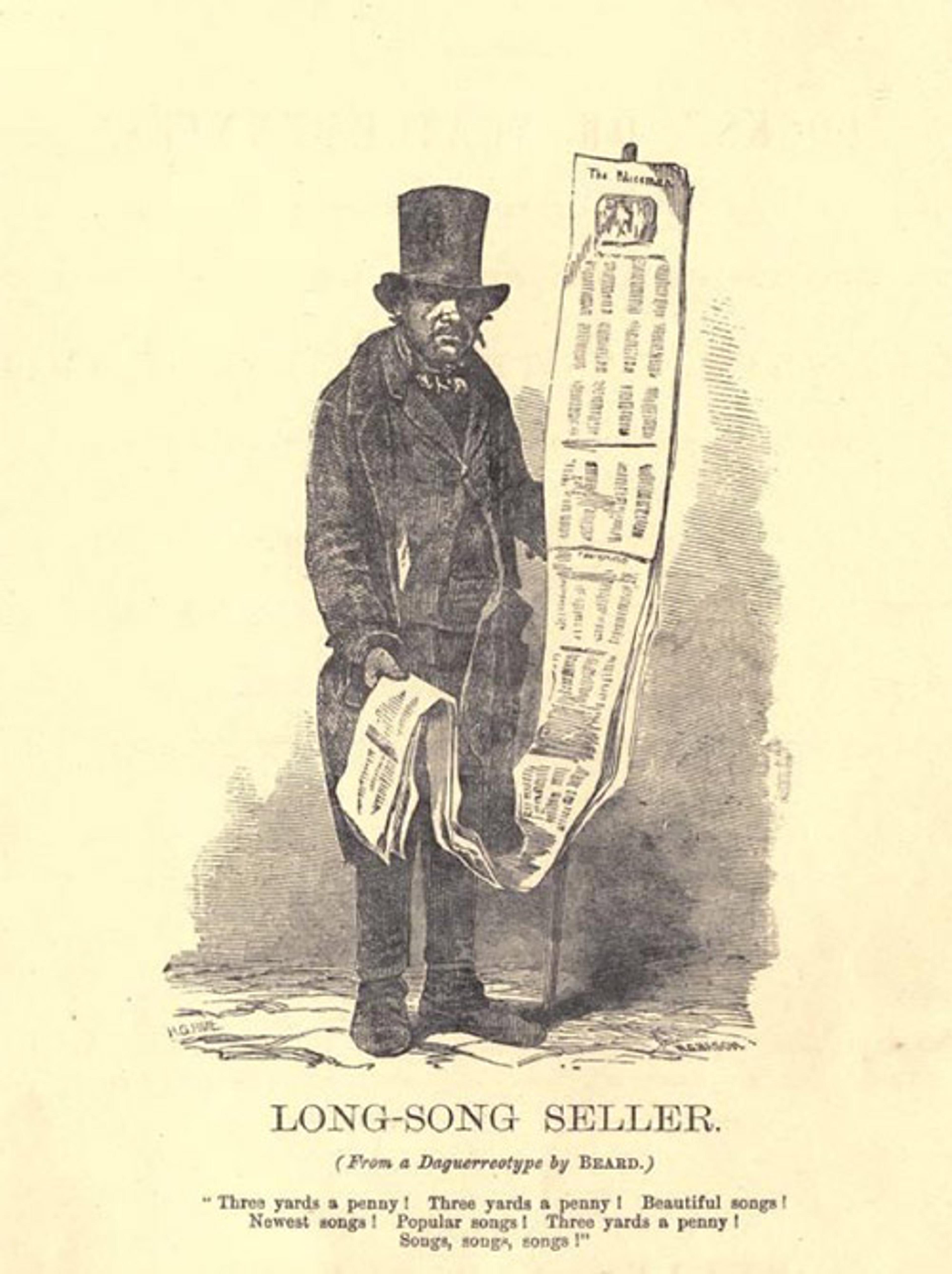
The Long-song Seller in The Publishers’ Circular from a daguerreotype by Beard c 1870 . Courtesy Wikipedia
And in this privileging of the ‘popular’ and ‘beautiful’ aspects of news over its content, we can see how it has evolved into the tabloid news of today: talk radio and propagandistic TV news have retained the sensationalist aspects of news ballads, and require little from their audience in terms of education or literacy. They also present news in the same moralising way, seeing the world in simplistic, black-and-white terms, as good vs evil. It would seem that appealing to our emotions has always been the most lucrative way to sell the news, whatever the medium.
